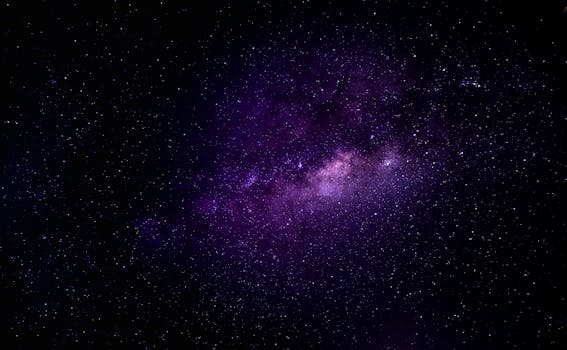
“
Beyond the Milky Way: Imagining New Worlds and Possibilities
Imagining new worlds and possibilities beyond the Milky Way has long been a fascination for humans. As we continue to explore and understand our own galaxy, we are also drawn to the possibility of exploring other galaxies and discovering new worlds. The idea of other planets and civilizations existing beyond our own is a tantalizing one, and it has captured the imagination of scientists, science fiction writers, and the general public alike. For more on this topic, check out Beyond the Milky Way: Imagining New Worlds and Possibilities – Exploring the Cosmos.
Introduction to the Galaxy
The Milky Way is just one of billions of galaxies in the observable universe, each containing billions of stars and potential planets. The sheer scale of the universe is almost incomprehensible, with estimates suggesting that there are over 100 billion galaxies in the observable universe. As we continue to explore and understand our own galaxy, we are also drawn to the possibility of exploring other galaxies and discovering new worlds. This exploration is often fueled by our imagination, as discussed in The Infinite Universe of Imagination: Beyond Celestial Boundaries.
Exploring the Possibilities of Space
Space exploration has come a long way in recent decades, with advances in technology and instrumentation allowing us to study the universe in greater detail than ever before. From the exploration of our own solar system to the study of distant galaxies and stars, we are continually expanding our knowledge of the universe and its many mysteries. As we push the boundaries of space exploration, we are also forced to confront the limitations of our current understanding and the possibilities that lie beyond. This journey often parallels the creative process, as seen in Soaring Through the Cosmos: The Power of Imagination Beyond the Stars.
Imagining New Worlds
One of the most exciting aspects of space exploration is the possibility of discovering new worlds and civilizations. The discovery of exoplanets, planets that orbit stars other than our own sun, has opened up new avenues of research and speculation about the potential for life beyond our own planet. From the detection of biosignatures in the atmospheres of distant planets to the search for radio signals from advanced civilizations, scientists are using a range of techniques to search for evidence of life beyond our own world.
Takeaways
- The universe is vast and contains billions of galaxies, each with billions of stars and potential planets.
- Space exploration has come a long way in recent decades, with advances in technology and instrumentation allowing us to study the universe in greater detail than ever before.
- The possibility of discovering new worlds and civilizations is a tantalizing one, with scientists using a range of techniques to search for evidence of life beyond our own world.






